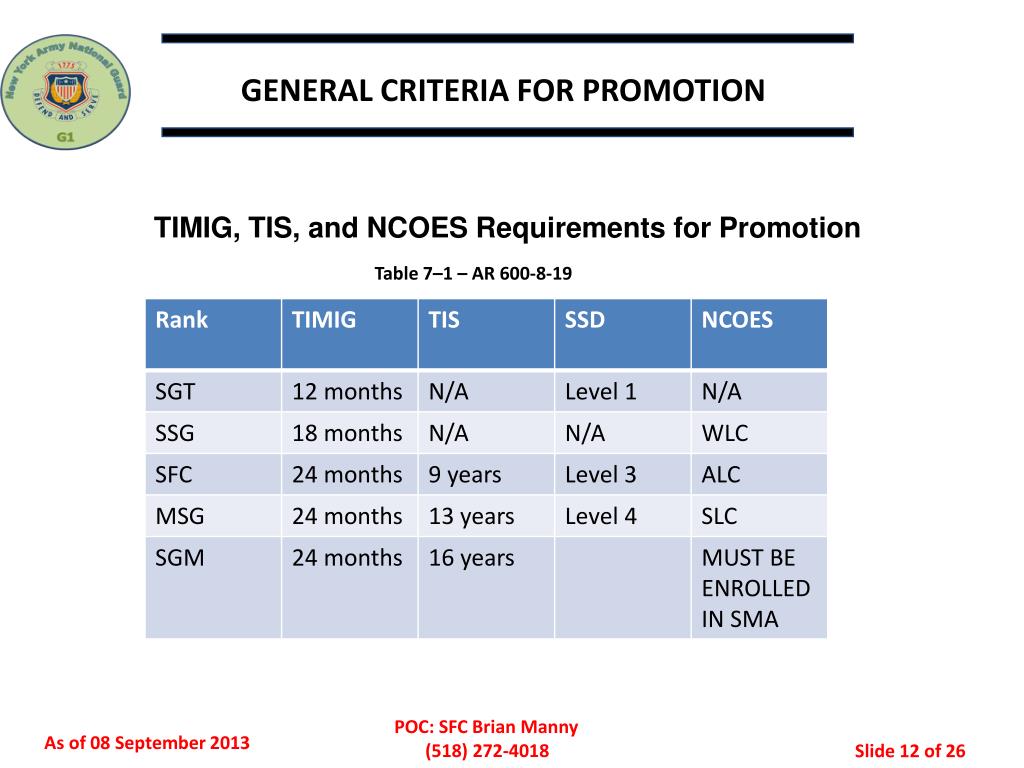

He will continue to rise unless some mischance places him in a post where he has to make decisions. This, from the viewpoint of the hierarchy, is competence, so Peter’s Invert is eligible for a promotion.
#PROMOTED UNTIL INCOMPETENT PROFESSIONAL#
Peter’s Invert (aka professional automaton) always obeys, never decides. No deviation, however slight, from the customary routine, will be permitted. amongst minor officials with no discretionary powers, one sees an obsessive concern with getting the forms filled out correctly, whether the forms serve any useful purpose or not.

The Lateral Arabesque – the incompetent employee, is given a new and longer title and is moved to an office in a remote part of the building. The Percussive Sublimation – a hopelessly incompetent person, a bottleneck, that management kicks upstairs to get him out of the road. In pursuing his theory, Dr Peter examines several exceptions to the Peter Principle, but on his closer evaluation, they do not violate the principle. reaches 100, no useful work will be accomplished at all. The efficiency of a hierarchy is inversely proportional to its Maturity Quotient (M.Q.): Dr Laurence J Peter and Raymond Hull, The Peter Principle, Maturity Quotient Work is accomplished by those employees who have not yet reached their level of incompetence. Which brings to another important observation: Luckily it is almost impossible to find a system in which every employee has reached his level of incompetence. Dr Laurence J Peter and Raymond Hull, The Peter Principle, In time, every post tends to be occupied by an employee who is incompetent to carry out its duties. Seen this way, career simply is a journey towards incompetence, brilliantly explored by Peter’s Corollary: For example, a salesperson can be excellent at his selling skills and then get promoted to a Director Role where he might be required to have organisational skills (that he might lack). Simply, that job is different from the job in which the employee previously excelled, and thus requires different work skills, which the employee usually does not possess. The employee’s incompetence is not necessarily exposed as a result of the higher-ranking position being more difficult. Sooner or later, an employee is promoted to a position at which he will no longer be competent (his “ maximum level of incompetence“, also known as Peter’s Plateau), and there he remains, enjoying no further promotions. Indeed, when it is time to fill a vacancy higher up in the hierarchy, managers will choose to promote a person who is currently competent in their current job (no-one wants to promote a person who is already incompetent). The principle is based on the fact that in a hierarchy, members are promoted so long as they work competently. He refers to this as a new science, hierarchiology, the study of hierarchies. This is the result of the observation of Dr Peter in the many years of experience within the education system (but not only). In a Hierarchy Every Employee Tends to Rise to His Level of Incompetence. The Peter Principle, in its purest form, states the following: The Peter Principle Reviews The Peter Principle Leaders for Humanity with Carol Sanford: The Regenerative Paradigm- Creating A Better Future for Allĩ.Leaders for Humanity with Alejo Sison: Happiness and Virtue Ethics in Business.Leaders for Humanity with Bruno Frey: Happiness and Economics.Leaders for Humanity with Blaine Fowers: An Emergent Theory of Natural Ethics.Leaders for Humanity with Hari Tsoukas: Bridging Morality and Management.

I am an experienced and innovative HR professional dedicated to improving the way organizations achieve results through their people. The Top 25 Management Books according to meĭigital Knowmad | Multipotentialite | HR Leader | Transformation Agent | Future of Work thinker | On a mission to re-embed Human into HR.Change Management: The 10 Best Approaches & Models.Organisation Models: a Reasoned List between Old and New.Operating Models: the theory and the practice.Strategy Frameworks: The Theory and the Practice.Business Models: the theory and practice.Introducing the Organisation Evolution Framework.Insights on Work, Organisation Design, Experience, Leadership and Change.


 0 kommentar(er)
0 kommentar(er)
